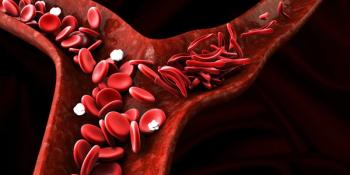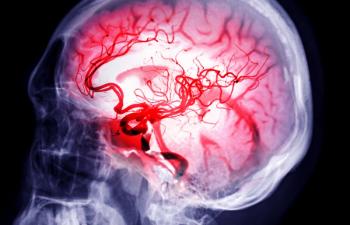
Antiretroviral Therapy May Lead to Syphilis in HIV-Positive Men
Antiretrovirals may increase vulnerability to syphilis in males with HIV.
Bad news was recently found for HIV-positive bisexual men and men who have sex with men (MSM) undergoing treatment for the disease. A new study published in Sexually Transmitted Infections reveals antiretroviral (ART) drugs may boost susceptibility to syphilis.
Over the past decade, new and repeat cases of syphilis among this patient population has increased significantly compared with other sexually transmitted infections (STIs).
It is unclear why
The investigators created a numerical analysis—–reviewing available evidence for the impact of HAART on behavioral and immune system changes––to examine which has the greatest impact on syphilis prevalence.
Two risk models were used to test the likelihood of syphilis infection. One lower risk model compared HAART with no treatment in an HIV-positive partner, while the other higher risk model compared existing infection with no infection in a partner who was either HIV-negative or HIV-positive.
Behavioral changes were defined as HAART resulting in more sexual partners; and immune system changes were defined as HAART boosting susceptibility to Treponema pallidum, a bacteria responsible for syphilis.
The results of the analysis showed that either behavioral or immune system changes could produce outbreaks of syphilis that would be substantially higher than expected. Furthermore, the combined effect of both factors produced a peak in the number of infections that was greater than those associated with either factor alone, and equivalent to figures seen in the current outbreak.
The findings suggest an interplay between behavioral changes and immune system changes, according to the authors.
The body relies on an increase in the number of T cells and chemicals that stimulate an inflammatory response to clear T. pallidum, but HAART dampens these activities, according to the study. Additionally, the body is less reliant on these processes when clearing chlamydia and gonorrhea.
“Overall, these findings suggest a possible link between HAART and an increased risk for selected diseases of infectious and non-infectious origin, a potential unforeseen consequence that warrants further study,” the authors wrote.
In an accompanying editorial, Dr Susan Tuddenham, Dr Maunank Shah, and Dr Khalil Ghanem, from Johns Hopkins University School of Medicine, cautioned that the increase in syphilis cases may be due to inadequate screening for gonorrhea and chlamydia.
Furthermore, they suggest that the investigators’ calculations did not take into account the complexities of sexual relationships that might influence infection risk, such as decreased use of condoms in long-term relationships, relationship length, or number of concurrent partners. Still, the authors describe the study’s hypothesis as intriguing, and one that warrants careful consideration.
“We are living in an era where [ART] is being used to effectively treat and prevent HIV infection,” the authors of the accompanying editorial wrote. “To some extent this seems to have tempered the urgency to control other [STIs]. As history has shown many times over, that would be a costly mistake.
“Over the past 15 years, syphilis rates among [MSM] have been rising unabated. We are not aware of any recent intervention that has led to a sustained decline in [these rates] in this population. If further investigations support a role for [ART] in increasing susceptibility to syphilis, this will provide one more reason why screening, diagnosis, and treatment of [STIs] in [MSM] must be prioritized.”
Newsletter
Stay informed on drug updates, treatment guidelines, and pharmacy practice trends—subscribe to Pharmacy Times for weekly clinical insights.





















































































































































































































